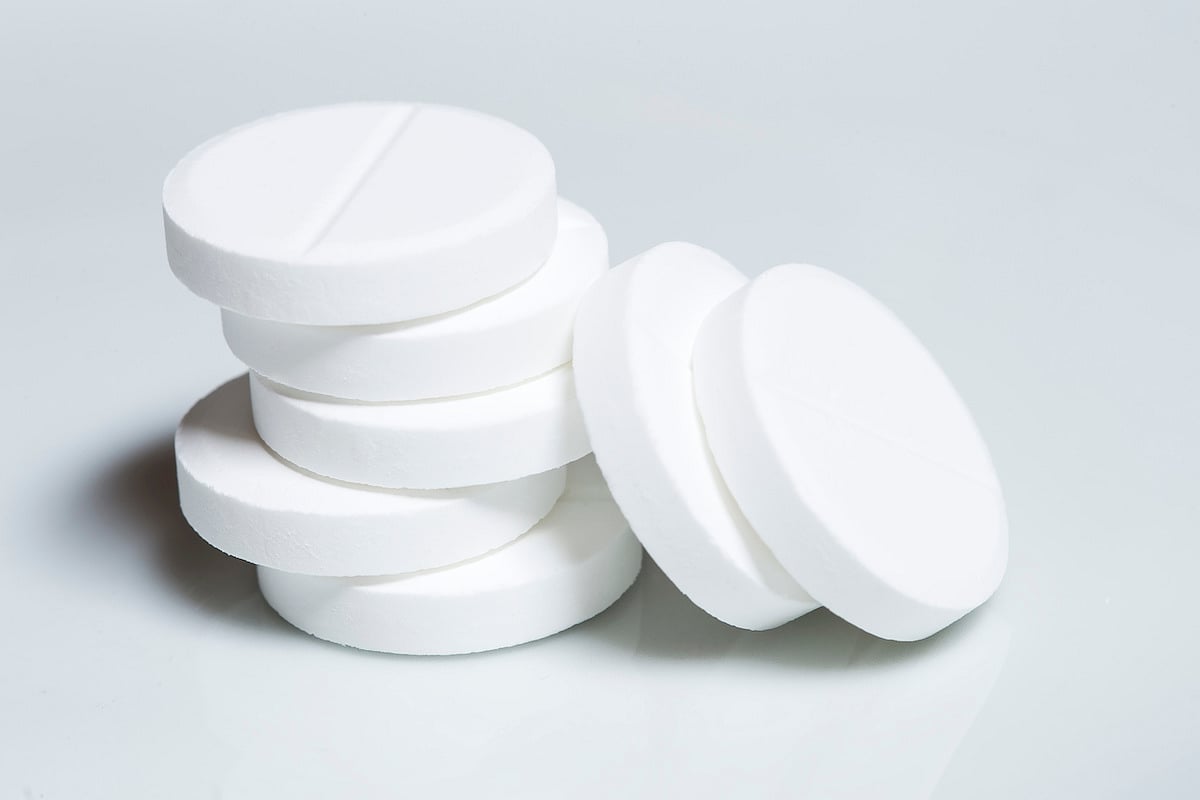Photo Credit: Nature
Study demonstrates that stable BTT patients with second-generation VADs (I5.5) can be safely transitioned from ICU to step-down units, alleviating ICU congestion and providing significant financial benefits.
A recent retrospective study, which was presented at the 2025 ACC Annual Meeting, assessed the feasibility and financial benefits of transferring clinically stable patients with surgically implanted second-generation temporary ventricular assist devices (I5.5) to a step-down unit. Traditionally managed in intensive care units (ICUs), these bridge-to-transplant (BTT) patients are often supported for extended durations, leading to prolonged ICU bed occupancy. The initiative aimed to alleviate ICU congestion by safely transitioning appropriate patients to a lower acuity setting while also evaluating potential cost savings.
The program was implemented at a high-volume academic center, with eligibility based on a stringent protocol. Patients had to demonstrate clinical stability for 5 days after I5.5 implantation, including minimal changes in inotrope requirements over 24 hours, full ambulation, independence in activities of daily living, intact neurologic status, no respiratory compromise, stable device positioning and site, no active bleeding, and suitability for vital sign and neurovascular checks every 4 hours. From January 2022 through June 2024, 47 BTT patients meeting these criteria were retrospectively identified and analyzed.
The median patient age was 50 years, with 87.2% being male. The median duration of I5.5 support was 21 days (range, 4-133 days). Across the cohort, a total of 1,541 ICU days were recorded. Of these, 886 days (57.5%) could have been safely managed in the step-down unit per protocol criteria, the authors noted. ICU stays were divided between the high-volume ICU (HVICU, 19.5%) and cardiac ICU (80.5%). Financial modeling revealed that repurposing HVICU beds for patients undergoing coronary artery bypass grafting , using historical contribution margins and ICU length of stay, could yield more than $1.76 million in revenue.
The study authors concluded that with appropriate patient selection and provider competencies, I5.5 patients can be safely transitioned to step-down care, significantly reducing ICU demand.
“I5.5 patients can be safely transferred from the ICU to the step-down unit if the correct protocols are followed,” they wrote. “Additionally, there are financial advantages by making the once-occupied ICU beds available for other procedures.”



















Create Post
Twitter/X Preview
Logout